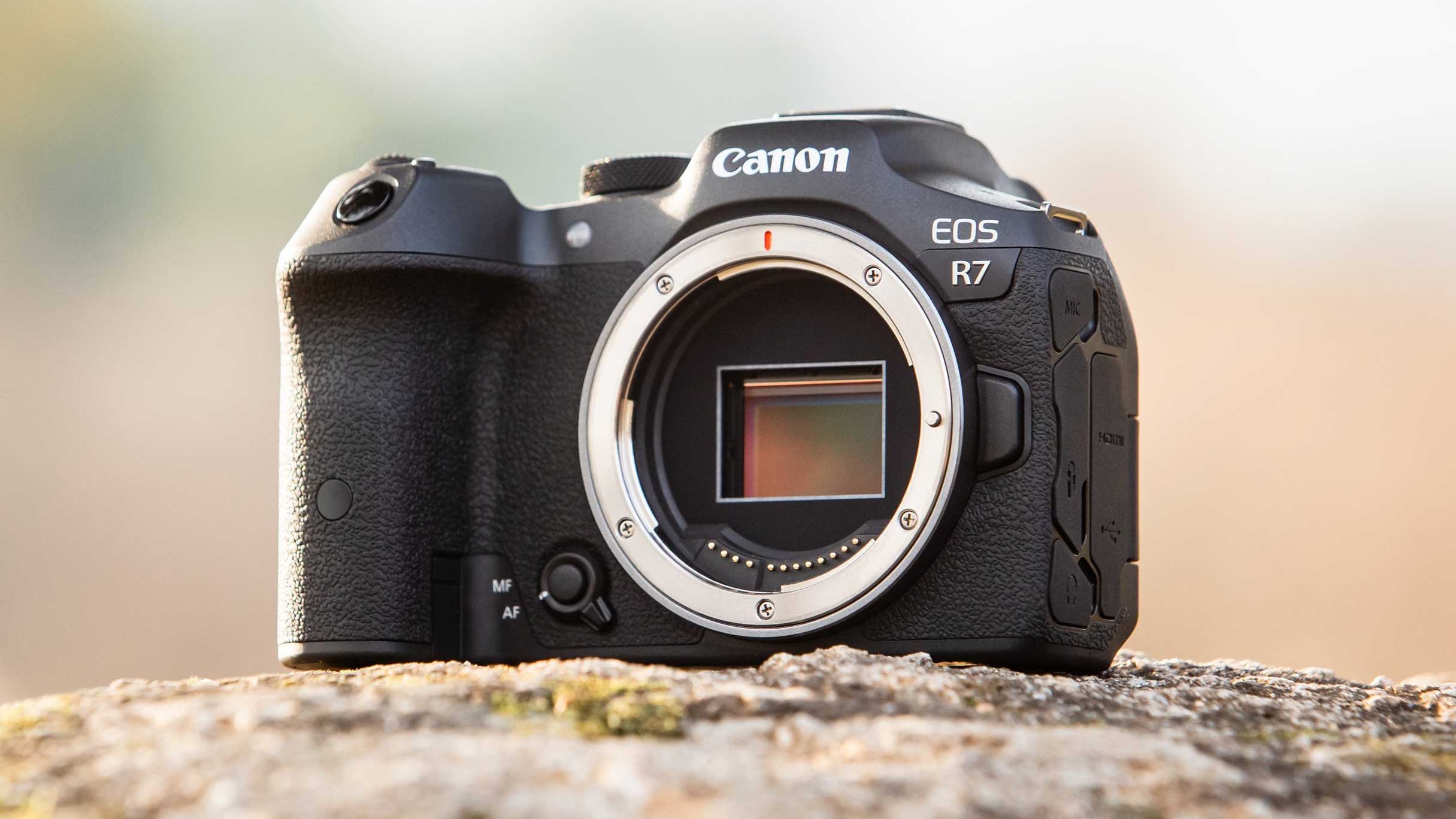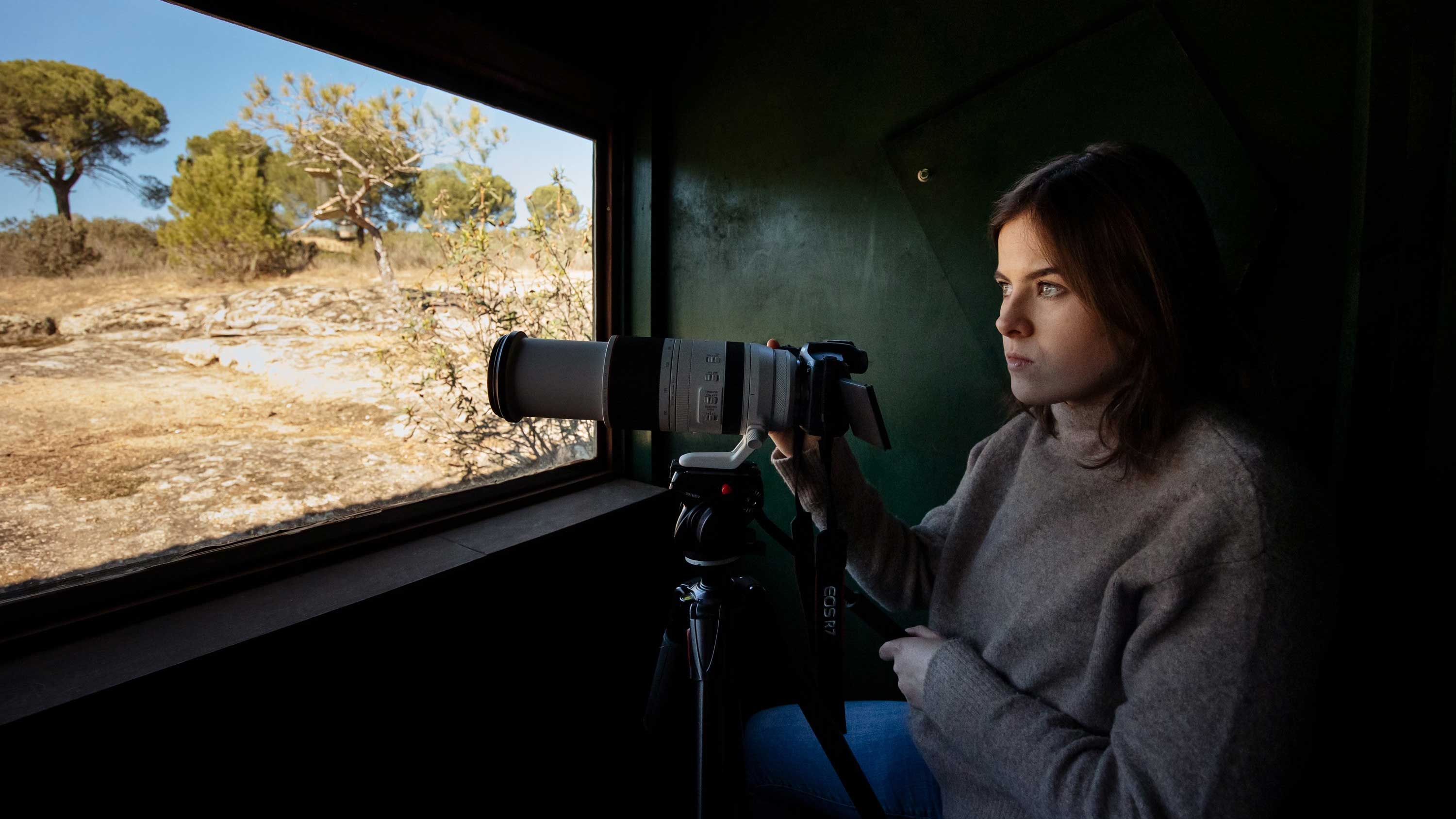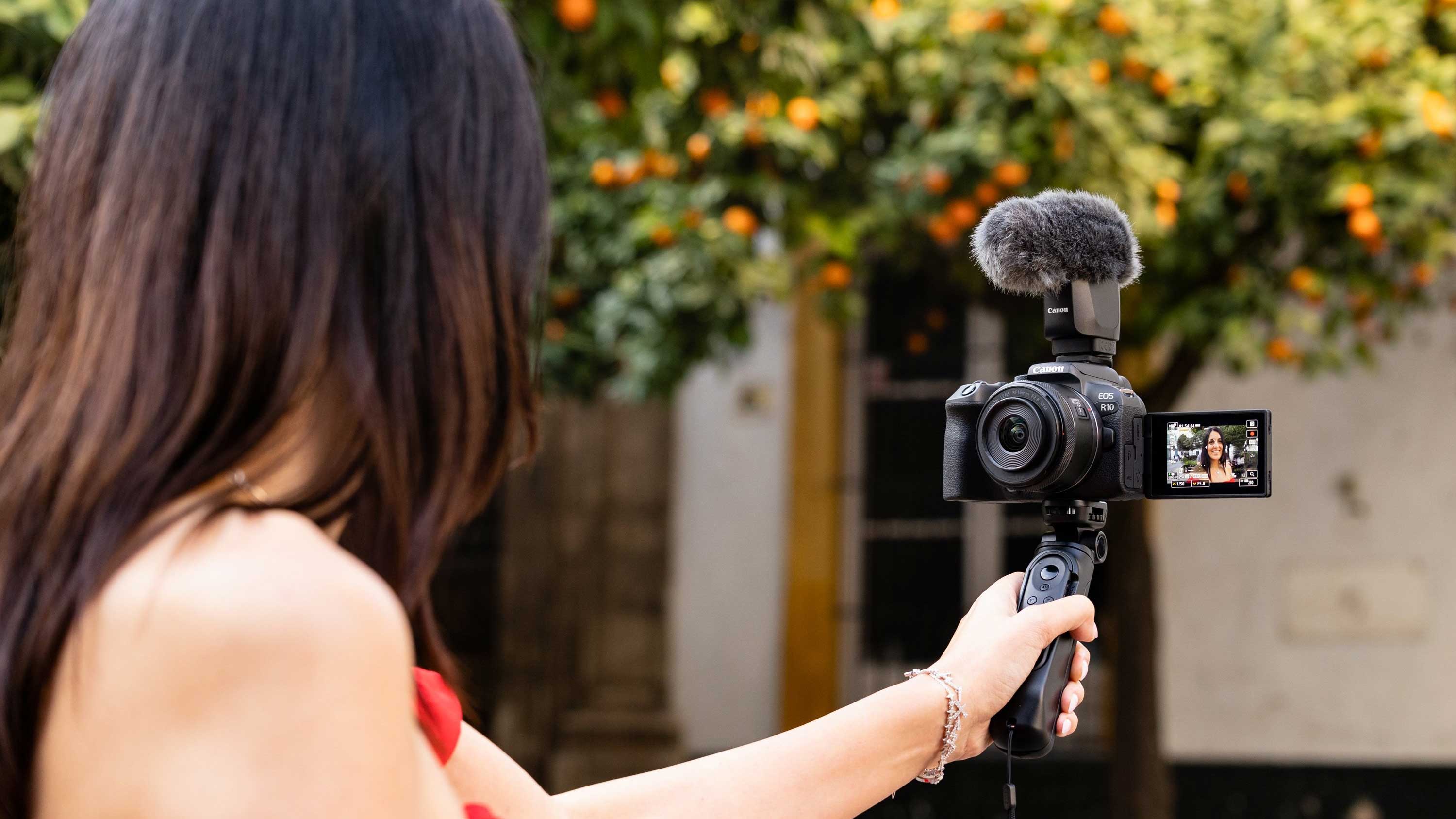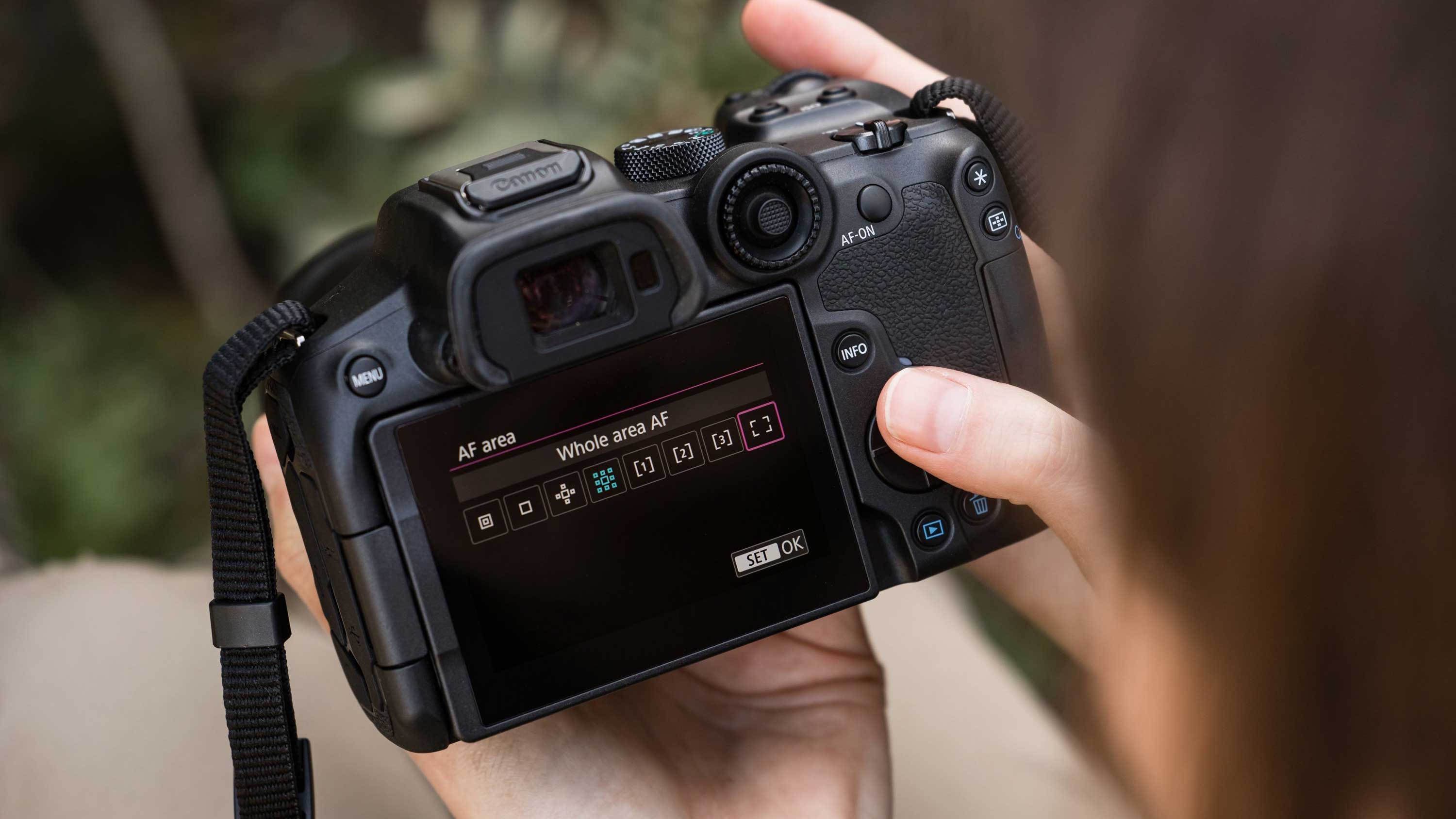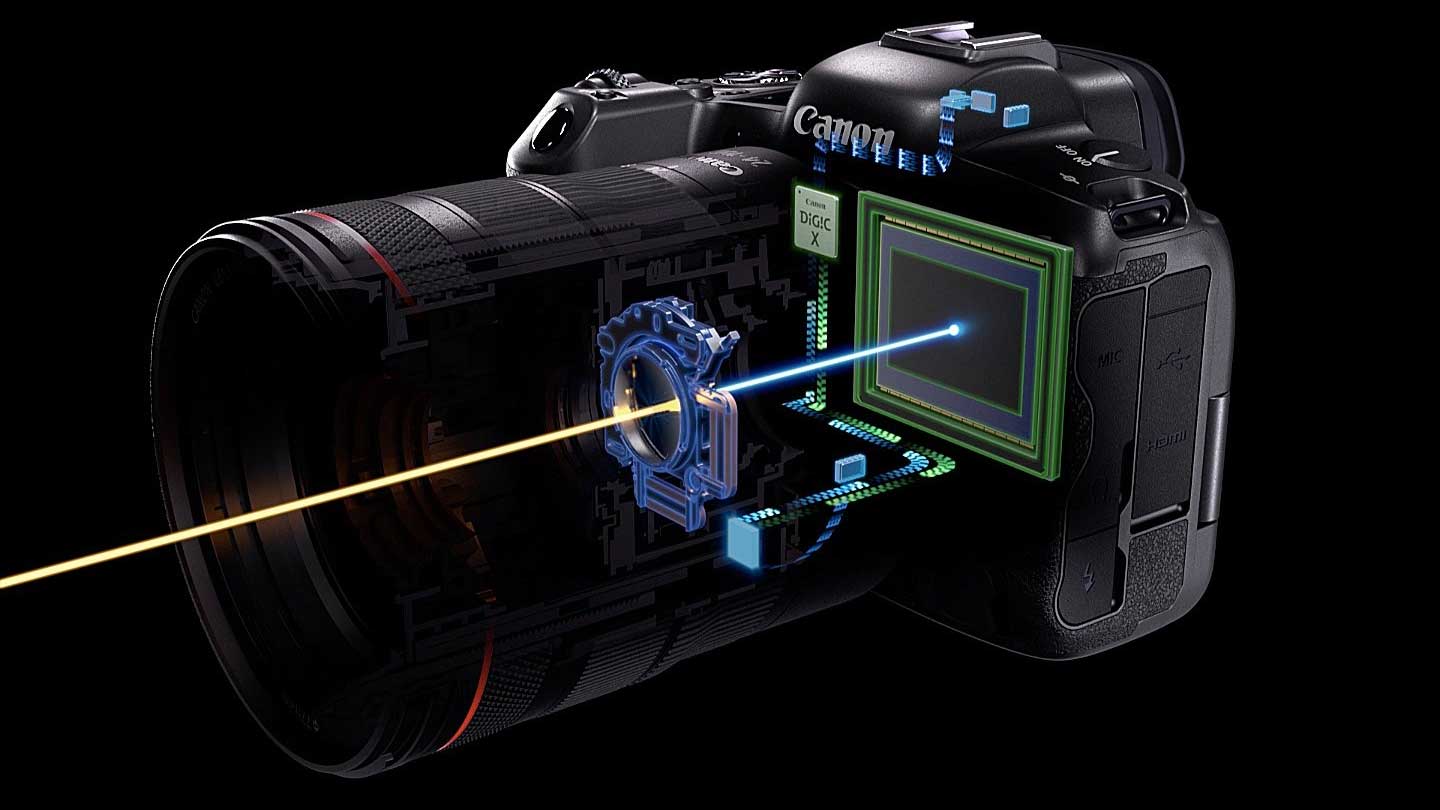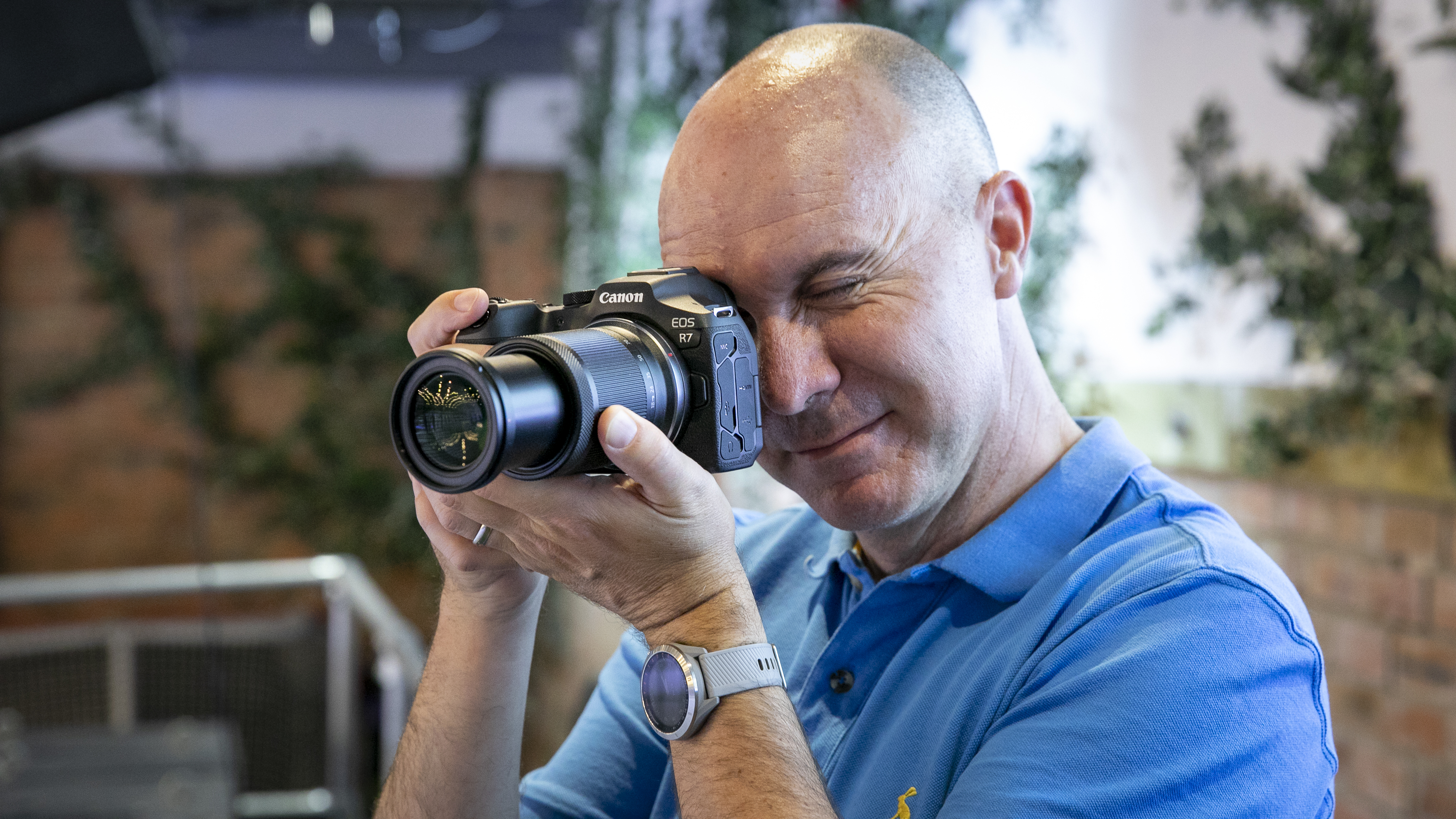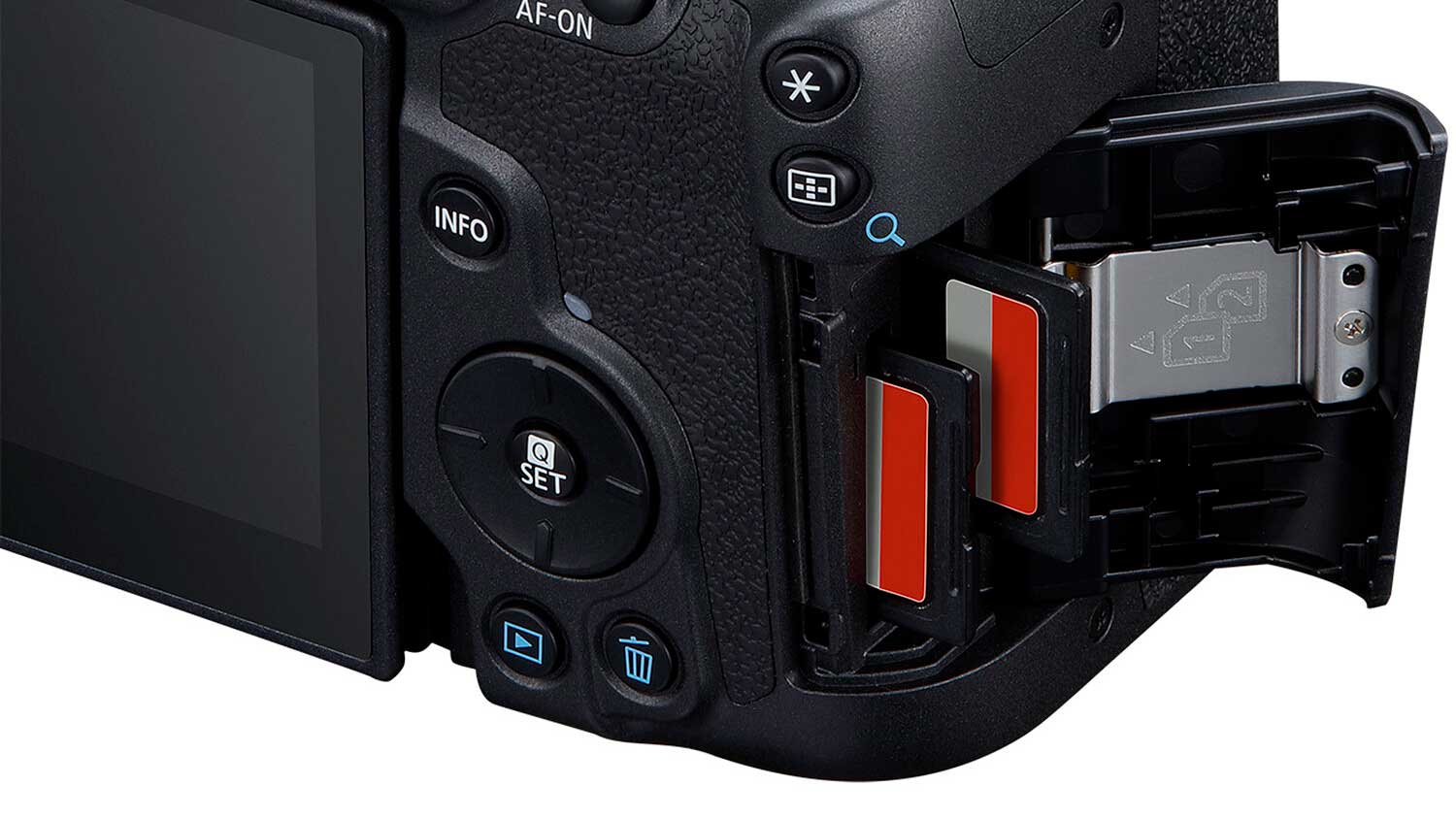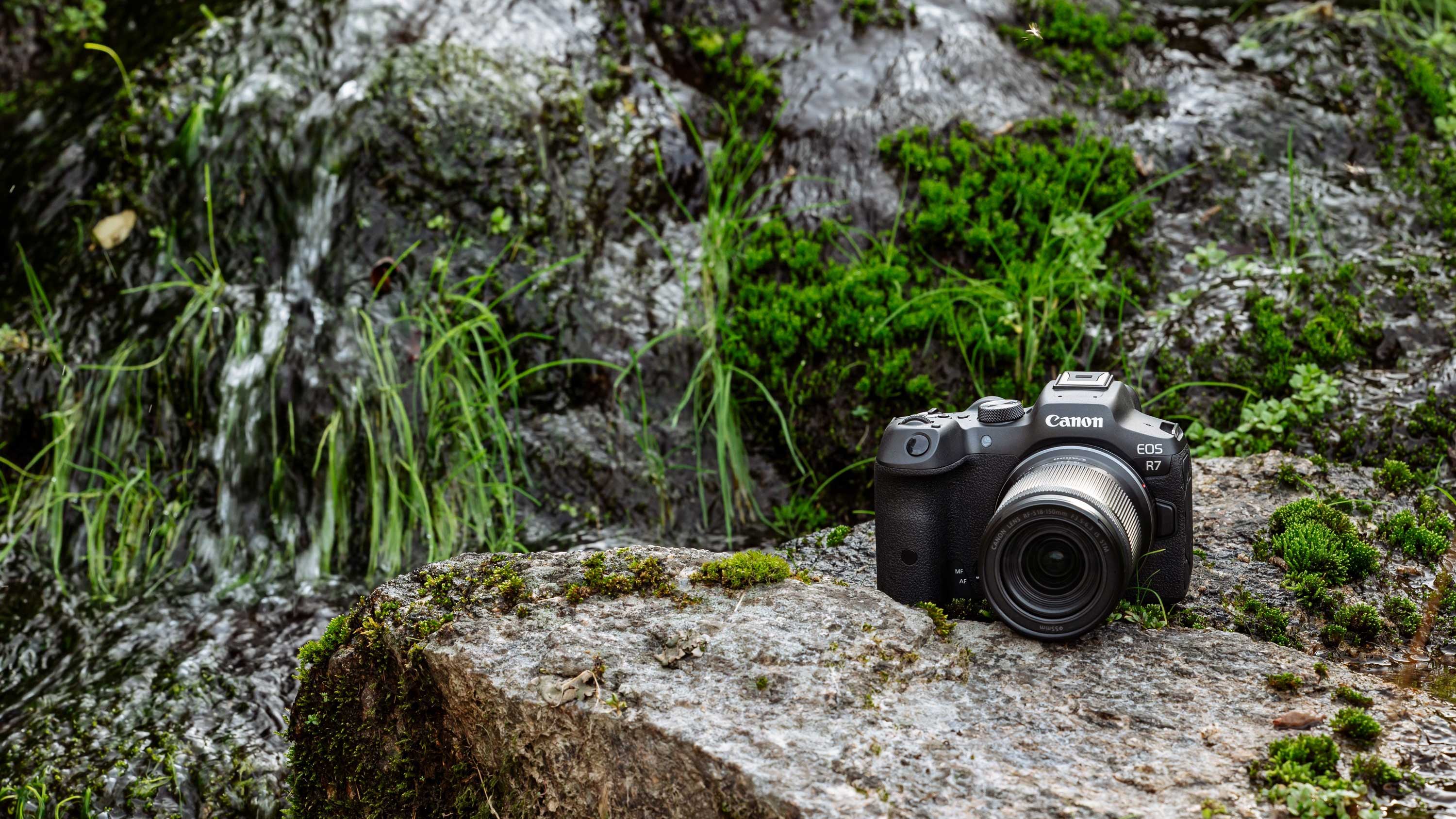Canon EOS R10 vs EOS R7: how do you choose which one to get?
Canon’s first APS-C format mirrorless cameras with the RF mount have many similarities but some big differences
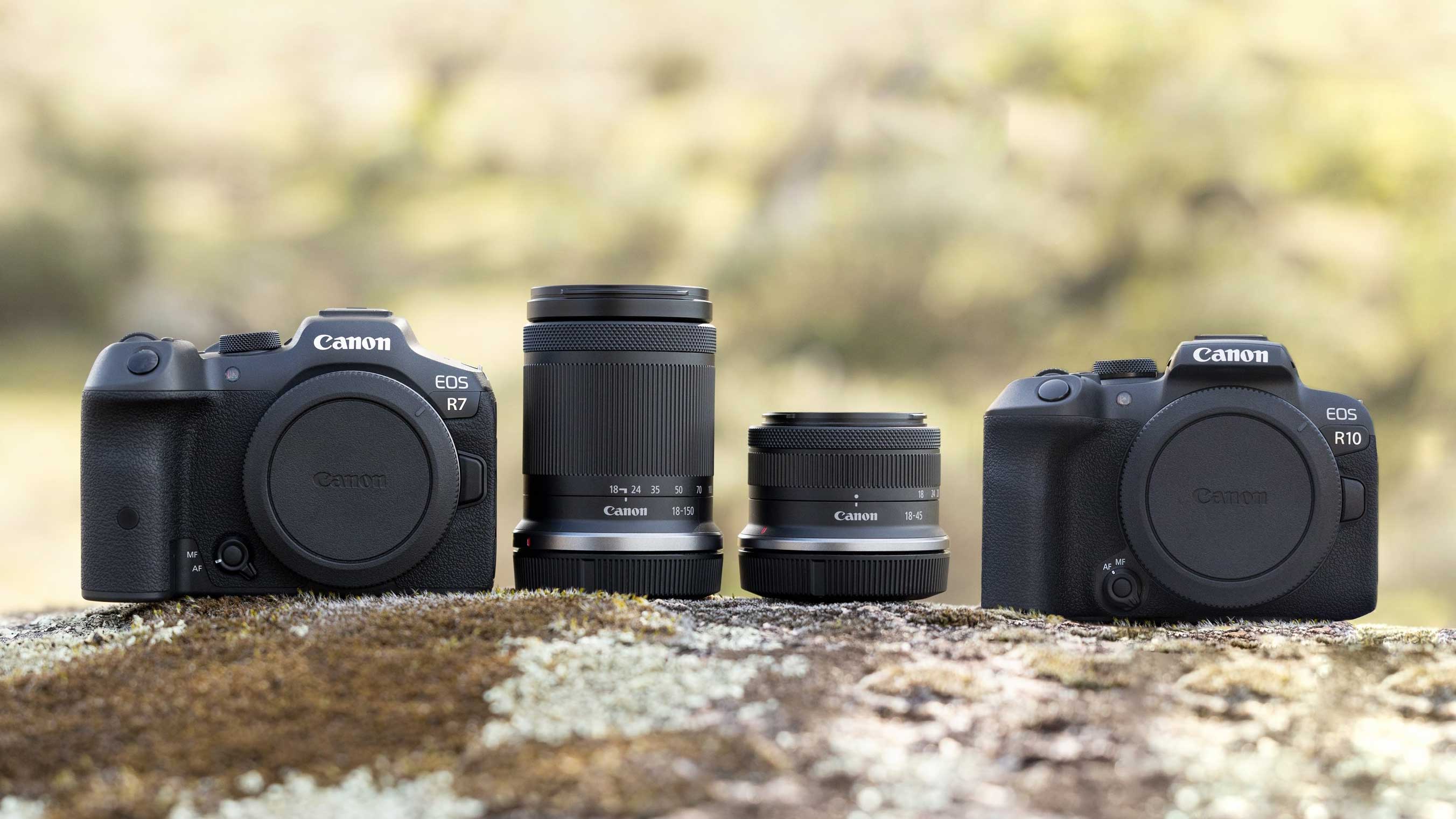
Canon EOS R10 vs EOS R7: which do you buy? The may look outwardly similar. but the R7 is the more advanced of the two and is designed with enthusiast photographers who love to shoot sport or wildlife in mind. The R10 is the more entry-level option and could be an attractive option for travel photography and vlogging, as well as everyday use.
The two cameras share many similarities but they also have some significant differences, not least in price. This means weighing up any important additional features in the EOS R7 against the clear difference in price. Or you may decide the Canon EOS R10 does all you need. So let's get down to the detail.
(You might also want to check out this comparison: Canon EOS R10 vs EOS RP)
1. Sensor
• Canon EOS R10: 24.2MP APS-C format (22.3 x 14.9mm) CMOS
• Canon EOS R7: 32.5MP APS-C format (22.3 x 14.8mm) CMOS
It’s interesting to note that Canon reports the R10 and R7 have slightly different sized sensors with the R10’s being 0.1mm taller than the R7’s. What’s more significant, however, is that the R7 has an effective pixel count of 32.5 million, 8.3 million more than the 24.2MP R10. This means that the R7 capture larger images than the R10 with greater detail.
Both the R10 and R7 impart a 1.6x focal length magnification factor to take into account when using full frame RF lenses.
2. Continuous shooting
• Canon EOS R10: Mechanical shutter: 15fps for 460 JPEGs or 29 raw images, Electronic shutter: 23fps for 70 JPEG or 21 raw images
• Canon EOS R7: Mechanical shutter: 15fps for 224 JPEGs or 51 raw images, Electronic shutter: 30fps for 126 JPEG or 42 raw images
If you prefer to shoot using a mechanical shutter and record JPEGs rather than raw files, the R10 allows you to shoot many more images in a single blast than the R7. However, photographers who are interested in capturing raw files will find that the R7 allows them to shoot greater burst depths.
Also, although 23fps is an impressive continuous shooting rate for the EOS R10, with a maximum rate of 30fps with the electronic shutter, the R7 is the clear winner for anyone interested in capturing split-second moments or unpredictable action.
3. Video
• Canon EOS R10: 4K (3840 x 2160) at up to 60p with a 1.6x crop
• Canon EOS R7: 4K (3840 x 2160) at up to 60p with or without a 1.8x crop
While both cameras can record 4K video at up to 60p, the R10's footage is subject to a 1.6x crop. With the R7, you can choose whether to shoot without a crop (using line-skipping) or with 1.8x crop (without line-skipping).
In addition, the two cameras can capture uncropped 4K video at 30p with oversampling from 6K with the R10 and 7K with the R10 for better quality results.
Naturally, it's also possible to shoot Full HD (1920 x 1080) video and both cameras offer a standard option up to 60p, or 120p in the High Speed mode.
The two cameras can also record 10-bit HDR PQ video, but only the R7 has the option to use Canon's C-Log3 profile for more color grading potential when editing.
Both the R10 and R7 have a Type D Micro HDMI port and can record clean video to an external device, plus a 3.5mm jack for connecting an external microphone. However, only the R7 has a headphone socket.
4. Autofocus
• Canon EOS R10: Dual Pixel CMOS II AF phase detection with up to 4503 positions and 651 automatically selectable points
• Canon EOS R7: Dual Pixel CMOS II AF phase detection with up to 5915 positions and 651 automatically selectable points
The Canon R10 and R7 both have Dual Pixel CMOS II AF phase detection focusing that covers 100% of the sensor in auto selection mode and 90% of the horizontal and 100% of the vertical area in manual selection mode. However, as a consequence of its higher resolution, the R7 has more selectable AF positions. The more advanced camera’s AF system is also more sensitive as it operates at down to -5EV rather than the R10’s -4EV.
Both cameras have AI-informed subject detection which can be set to Humans (Eyes/Face/Head/Body), Animals (Dogs, Cats and Birds) or Vehicles (Racing cars or Motor bikes).
5. Stabilisation
• Canon EOS R10: Lens-based and/or Digital IS in movie mode
• Canon EOS R7: In-body image stabilisation (IBIS) to 8EV and Digital IS in movie mode
The R7 is Canon’s first APS-C format digital camera to feature sensor-shifting image stabilisation. This IBIS is also capable of working in tandem with lens-based stabilisation and consequently, the degree of shutter speed compensation varies depending upon the lens mounted. With the RF 24-105mm f/4, there’s a stated maximum compensation of 8EV while with the new RF-S 18-150mm F3.5-6.3 IS STM APS-C lens, it drops to 7EV.
Canon also makes use of the R7’s IBIS for the Auto-Level feature that can level a sloping horizon
While the R10 doesn’t have IBIS, it can benefit from the optical stabilisation system built into some lenses. Also, like the R7, it has Movie Digital IS mode that crops the footage to compensate for shake.
6. Construction and controls
• Canon EOS R10: 122.5 x 87.8 x 83.4mm, 429g with card and battery
• Canon EOS R7: 132.0 x 90.4 x 91.7mm, 612g with card and battery
As is clear from the specifications, the R7 is bigger and heavier than the R10, making the R10 more attractive for travel and the R7 arguably better-suited for use with long lenses.
According to Canon, the two camera’s bodies primarily consist of a magnesium alloy and high-strength engineering plastic, however, only the R7 has weather-sealing. As usual, Canon is a bit vague about the degree of dust and weather-sealing but it’s said to be to the same level as the EOS 90D.
Control-wise, the R10 and R7 are similar, but different. Both have a joystick and dual control dials, for example, but while the top-front dial is similarly located, the rear dials are very different. On the R10, the rear dial is on the top-plate just above the thumb rest while on the R7, it’s on the back near the top of the camera and around the joystick.
7. Viewfinder and screen
• Canon EOS R10:
EVF: 0.39-type 2,360,000-dots OLED,
Screen: Touch-sensitive vari-angle 2.95-inch LCD with 1.04 million dots
• Canon EOS R7: EVF: 0.39-type 2,360,000-dots OLED,
Screen: Touch-sensitive vari-angle 2.95-inch LCD with 1.62 million dots
Canon has given the R10 and R7 2.95-inch, vari-angle touch-screens with fully integrated touch-control, but the R7’s monitor has higher resolution than the R10’s. In addition, both cameras have a 0.39-inch type 2,360,000-dot OLED electronic viewfinder (EVF) with an eye point of 22mm and refresh rate up to 120fps in ‘Smooth mode’. However, the R7’s EVF has diopter adjustments running from -4 to +2 m-1 while the R10’s runs from -3 to +2 m-1.
8. Storage and battery
• Canon EOS R10: Single SD/SDHC/SDXC UHS-II slot, LP-E17 rechargeable battery
• Canon EOS R7: Dual SD/SDHC/SDXC UHS-II slots, LP-E6NH rechargeable battery
While the R7 has a UHS-II compliant SD/SDHC/SDXC card slot, the R7 has two, which effectively doubles the recording capacity (cards permitting), enables a backup and facilitates dual-card video recording.
The R7 and R10 also use different batteries. When the screen is used to compose images, CIPA testing shows the R7's LP-E6NH battery allows up to around 770 shots to be captured on a single charge, and when the EVF is used, the number drops to around 500 images. This trumps the R10's LP-E17 battery which has a stated life of 430 shots when the screen is used and 260 with the viewfinder.
Canon EOS R10 vs R7: conclusions
The Canon EOS R10 is well-specified and far from a true entry-level model, making it an attractive camera for travel or for anyone who wants a fairly small, light camera. The Canon EOS R7, however, is more serious, with a collection of sophisticated features that will suit experienced enthusiast photographers who like to shoot a bit of everything and who want extra speed for sport, action and wildlife photography. The inclusion of a headphone port, C-Log3 capability and a wide range of 4K video options also add to the R7’s appeal for videography.
Two key advantages of the EOS R7 are:
• Higher resolution (32.5MP)
• In-body stabilization
Others include:
• Longer continuous bursts
• Better video features
• Dual card slots
• Longer battery life
The best camera deals, reviews, product advice, and unmissable photography news, direct to your inbox!
Angela has been testing camera gear from all the major manufacturers since January 2004 and has been Amateur Photographer’s Technical Editor and Head of Testing for Future Publishing’s photography portfolio (Digital Camera Magazine, PhotoPlus: The Canon Magazine, N-Photo, Practical Photoshop, Photography Week and Professional Photography magazines, as well as the Digital Camera World and TechRadar websites). She is the founder of SheClicks - a community group that encourages and supports female photographers.
